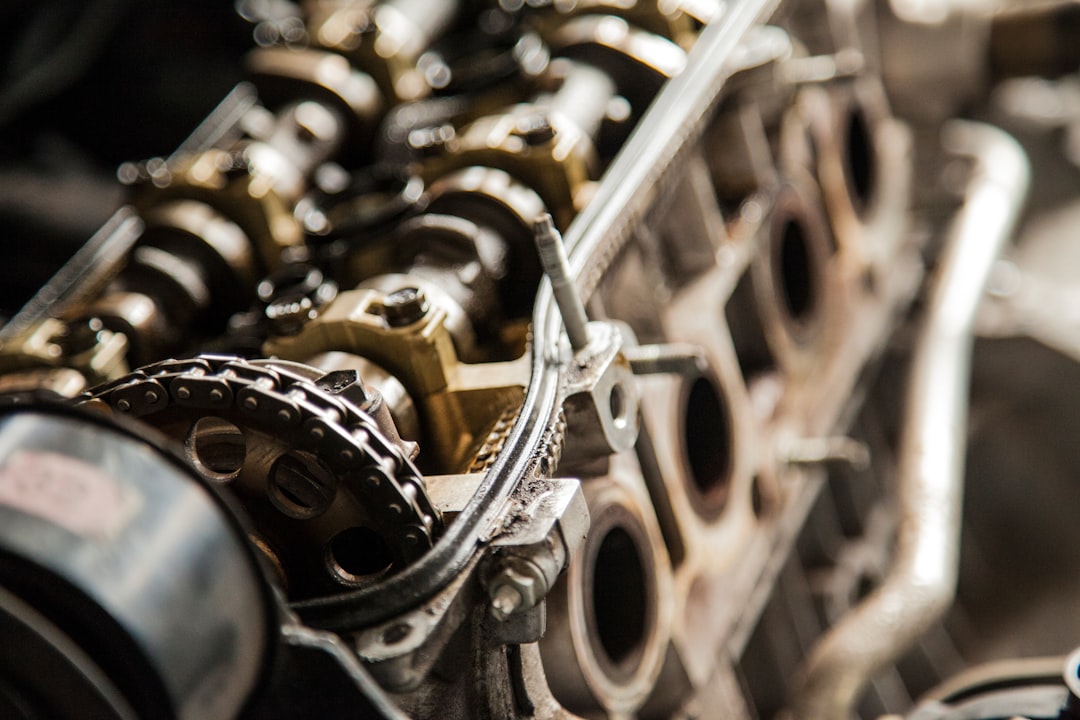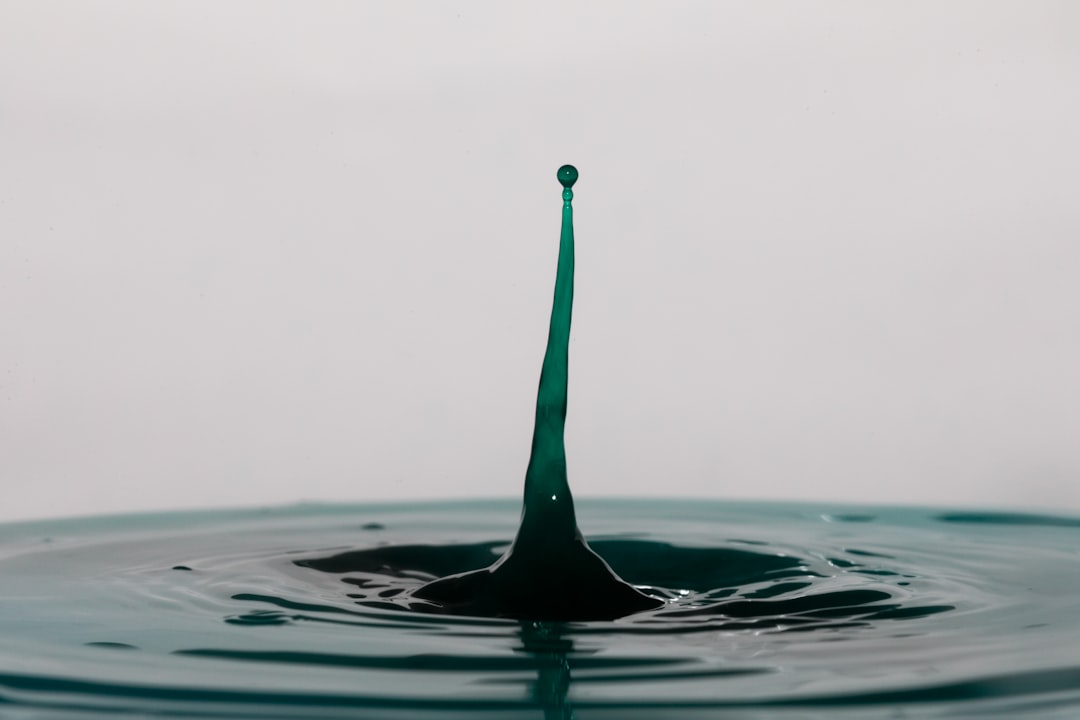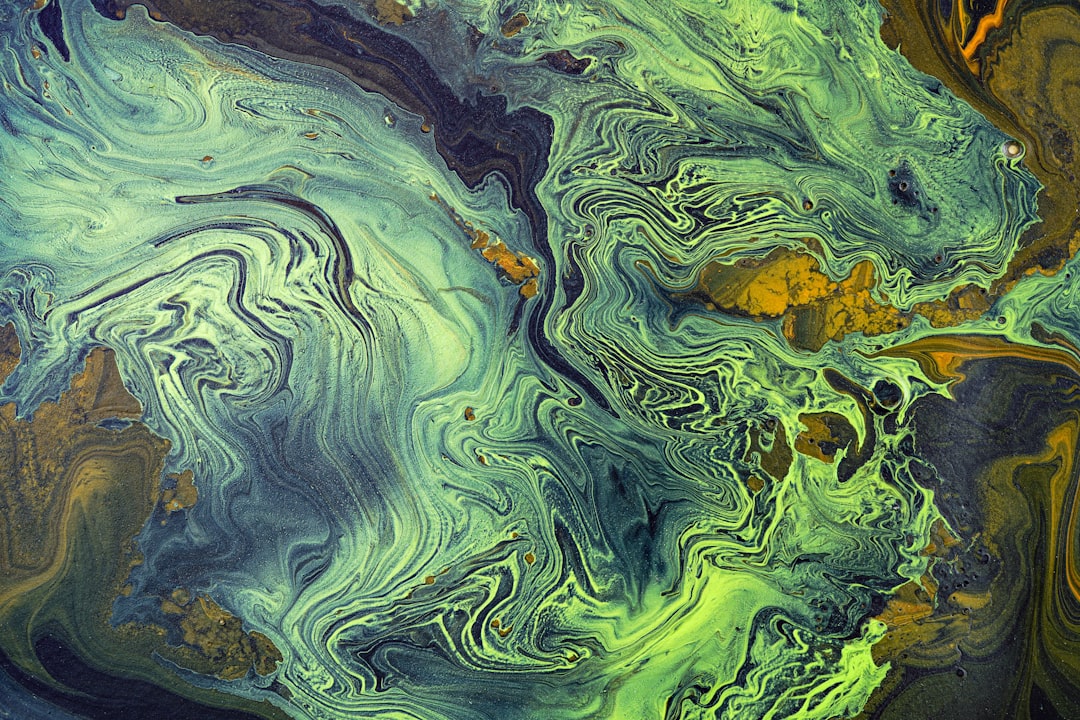What is it about?
Cylindrical structures are present in so many contexts, from oil platforms to offshore wind turbines. In our work, we evaluated how to control the water flow around these structures, modeled as 3D bodies where end effects (due to the tip of the bodies) were present. More specifically, we investigated how a technology with no power input could affect the flow around a submerged body and another, which was located just below the water surface.
Featured Image

Photo by Ivan Liu Hu on Unsplash
Why is it important?
Most models we have found in the literature are 2D and therefore do not represent the actual flow around the body with the passive mechanism we just investigated. Even less common is to consider a free water surface such as ours. Experiments are difficult to conduct and often provide results that are limited compared with simulations. With our simulations, we were able to not only represent 3D bluff bodies, but also understand how the suggested mechanism acted on the flow.
Perspectives
Our work is a stepping stone for active mechanisms, that in other setups proved very effective. In these technologies, power was supplied to the system to control the flow. This might be useful in the offshore environment to provide support to vessels and to lower maintenance and structural risks in oil rigs, providing safer operations and more affordable projects. In smaller scale and with a different motivation, this technology might be able to increase vibration in smaller structures for the purpose of energy harvesting.
Icaro Carvalho
Universidade de Sao Paulo Campus da Capital
Read the Original
This page is a summary of: Passive control of vortex-shedding past finite cylinders under the effect of a free surface, Physics of Fluids, January 2023, American Institute of Physics,
DOI: 10.1063/5.0134730.
You can read the full text:
Contributors
The following have contributed to this page










